In the automotive manufacturing industry, the quality of the paint layer not only determines the aesthetic appeal but also directly affects the durability of the product. The application of painting robots helps businesses achieve high precision, maintain strict quality control, and optimize production costs. This automated system is gradually replacing traditional painting methods, offering outstanding benefits in productivity, material savings, and workplace safety.
Painting robots operate based on precise programming, ensuring perfect control over spray patterns, paint thickness, and application techniques. As a result, the paint layer is evenly coated, completely eliminating common defects such as streaks, spots, or air bubbles—issues often encountered in manual painting. Additionally, reducing the need for rework not only saves materials but also optimizes production costs.
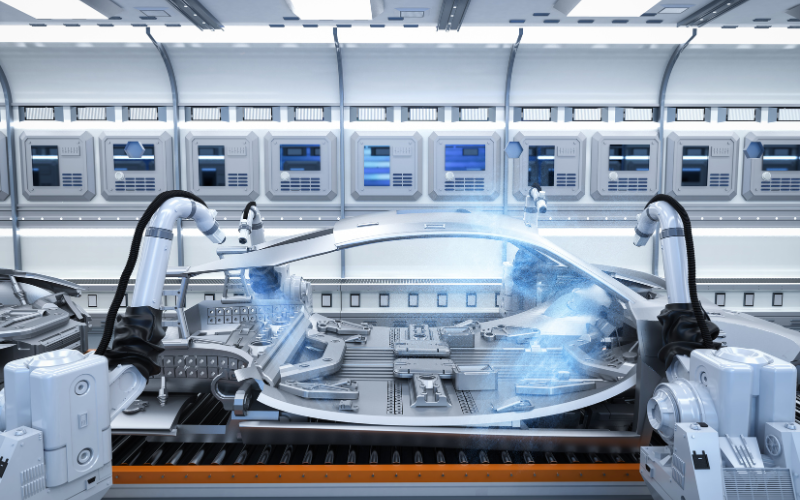
With a spraying speed of up to 1000mm/s, painting robots work significantly faster than traditional methods. The fully automated system operates continuously without breaks, shortening production time and improving efficiency.
Thanks to optimized spraying technology, painting robots can reduce paint loss by up to 30% compared to manual methods. This not only saves materials but also minimizes solvent evaporation, reducing negative environmental impacts. Additionally, the efficient operation of the system lowers energy consumption, further optimizing production costs.
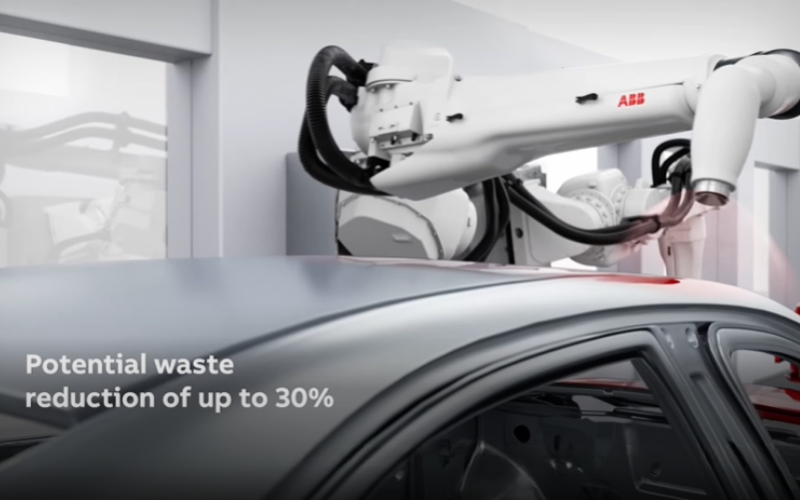
Automotive paint contains various hazardous chemicals that can affect workers’ health when exposed for prolonged periods. Using painting robots eliminates this risk, reducing exposure to toxic fumes and minimizing occupational health hazards. Furthermore, robots help lower the risk of fire and explosions in environments with flammable chemicals.
One of the standout advantages of painting robots is their easy reprogramming capability, allowing businesses to quickly adapt to new vehicle models. The system can also be integrated into existing production lines without requiring major factory modifications. As production demands increase, businesses can scale up operations without significant challenges.
Using painting robots reduces the number of workers required in the painting area, leading to savings on wages and training costs. Moreover, automated systems have high durability, reducing maintenance needs and extending equipment lifespan, helping businesses optimize long-term operational expenses.
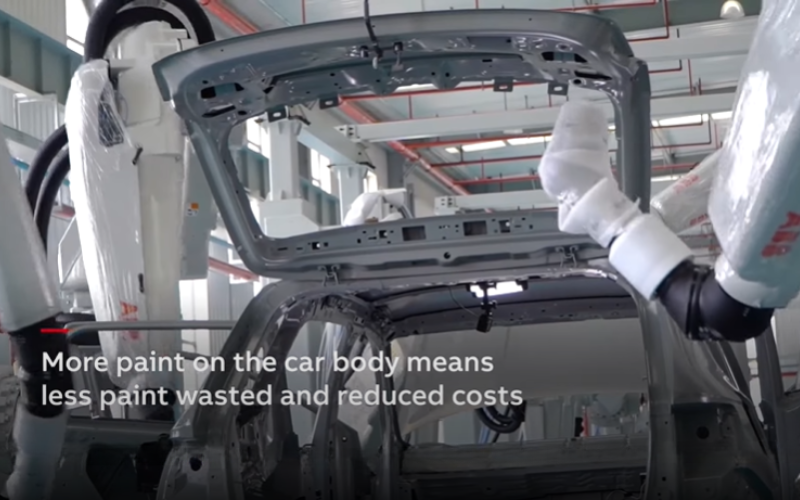
The painting robot follows a pre-programmed path, ensuring precise paint application on every detail of the vehicle. With smart sensors, the system can automatically adjust paint flow and spraying speed, ensuring an even coating across all surfaces.
After painting, the inspection system evaluates adhesion, smoothness, and color consistency. These parameters are compared against set quality standards to ensure uniformity across all products.
At the end of each shift, the system is flushed to remove residual paint inside, preventing nozzle clogging. This process helps maintain stable spraying quality and prolongs the lifespan of the equipment.
Regular maintenance not only ensures smooth robot operation but also minimizes potential production line failures, maintaining optimal performance and reducing long-term repair costs.
With clear advantages in quality, productivity, and cost efficiency, painting robots have become an essential solution in modern automotive manufacturing. Investing in this technology not only optimizes production processes but also contributes to creating a safe, professional, and sustainable working environment.
To learn more about painting robot solutions and receive tailored consultation for your business, contact ETEK today for detailed support!
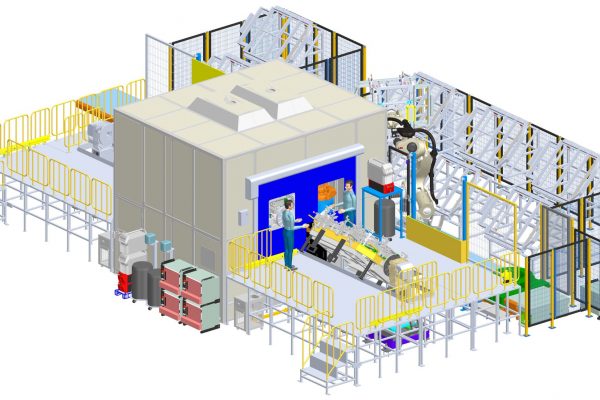
Our Welding Solution offers an advanced, fully automated system for performing a wide range of welding tasks with precision and consistency. This solution is ideal for industries that require strong,…
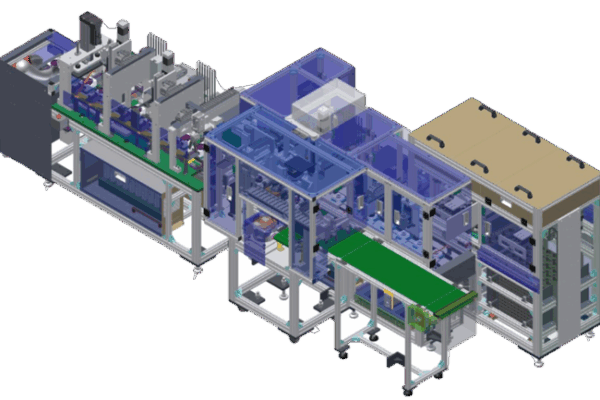
In today's competitive electrical and electronics manufacturing landscape, cooling fans are critical components powering computers, industrial equipment, and consumer electronics worldwide. Meeting demanding requirements for consistent quality, high-speed production, and…
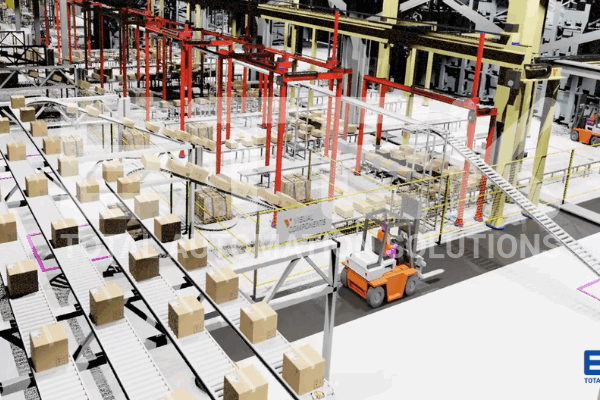
Introduction to the Automatic Packaging Line Automatic packaging lines have become an essential part of modern manufacturing plants, especially in industries such as food and beverage, consumer goods, pharmaceuticals, and…
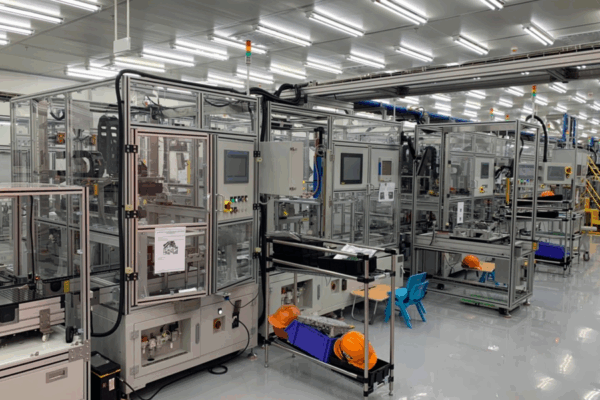
In today's rapidly evolving electronics industry, remote control devices are essential components across automotive and consumer electronics sectors. The demand for high-volume production with consistent quality requires sophisticated automation solutions.…